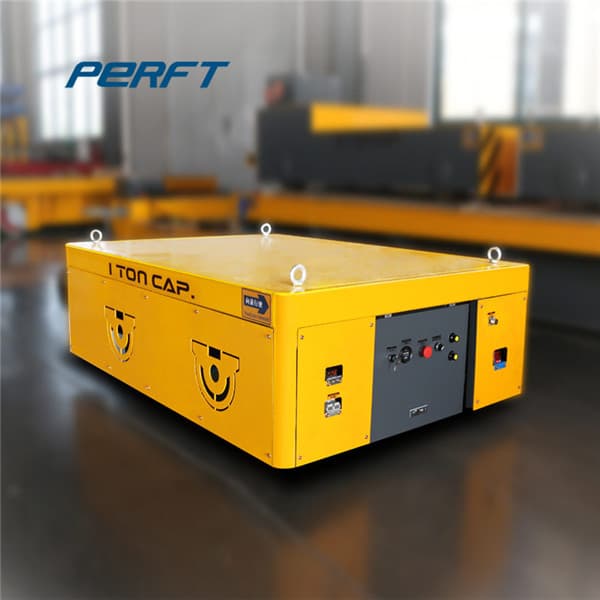
Cooling Tower Tons. A cooling tower ton is defined as: 1 cooling tower ton = 1 TONS evap = 1 TONS cond x 1.25 = 15000 Btu/h = 3782 k Calories/h = 15826 kJ/h = 4.396 kW. The equivalent ton on the cooling tower side actually rejects about 15000 Btu/h due to the heat-equivalent of the energy needed to drive the chiller's compressor.
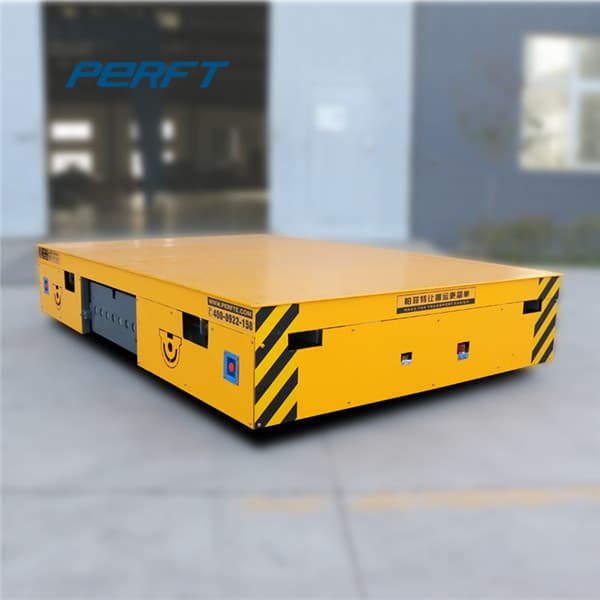
It is also not restricted by the time of use in comparison to battery coil transfer cart. Cable Reel Powered Electric Flat Cart. Cable reel powered electric flat cart parameters: Load Capacity: 2t~150t. Table size: can be customized. Wheel base: 1200~7000mm. Rail inner gauge: 1200~2000mm. Running speed: 0~25m/min.

1. Define your load requirement Start by analyzing the load requirement before you buy the best battery for inverter. Calculate it by adding all the power ratings of all appliances, watts used, and the quantity to comprehend the need for the right UPS and inverter battery for homeuseor office. 2. Define your backup requirement
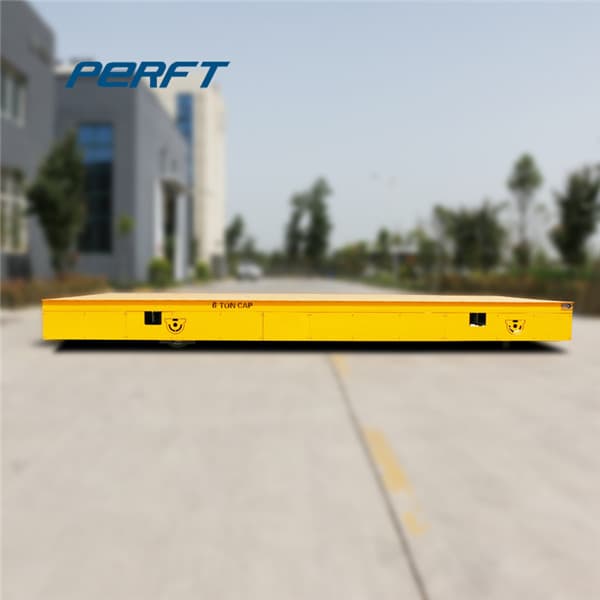
May 14, 2014 · Divide 286,000 (amount of energy to melt a ton of ice), by 24 (hours in a day), the result is 11,917 BTU’s of energy per hour to melt the ton of ice. The industry rounded up to 12,000 Btu/h to reference 1-ton of air conditioner capacity. Therefore, a 2-ton A/C unit will remove 24,000 BTU’s of heat per hour; a 3-ton A/C unit will remove
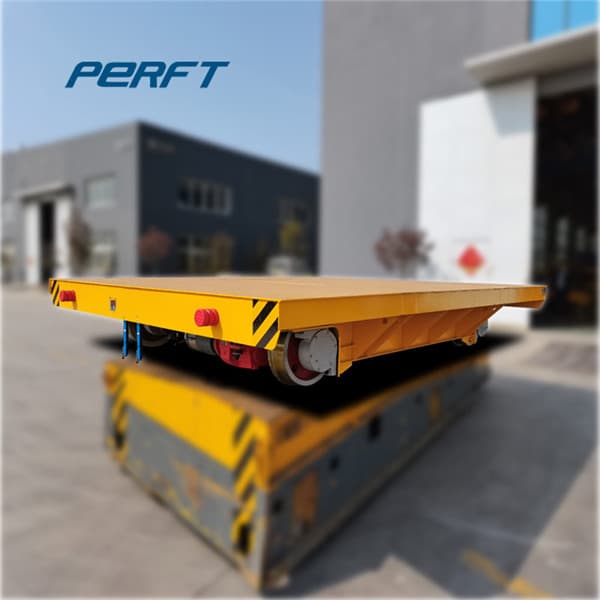
Allegheny's transfer cars come available with semi-automatic and fully automatic control systems to meet the needs of specialized applications. All control systems feature Allen-Bradley, GE or Square "D" components. With load capacities that range from 5 Ton to 300 Ton, our Industrial Transfer Cars are equipped with single and double flange
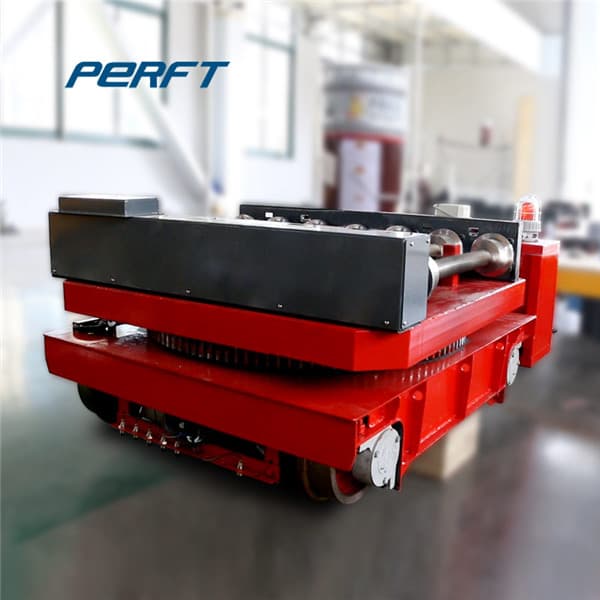
Latent Cooling Load = 2000 x 0.69143 x (105 – 77) Latent Cooling Load = 38720 Btu/hr Total Cooling Load (Btu/hr) = Sensible Cooling Load (Btu/hr) + Latent Cooling Load (Btu/hr) Total Cooling Load = 61920 Btu/hr + 38720 Btu/hr Total Cooling Load = 100,640 Btu/hr Required Cooling Tonnage = (Btu/hr)/12000 Required Cooling Tonnage = 100,640/12000
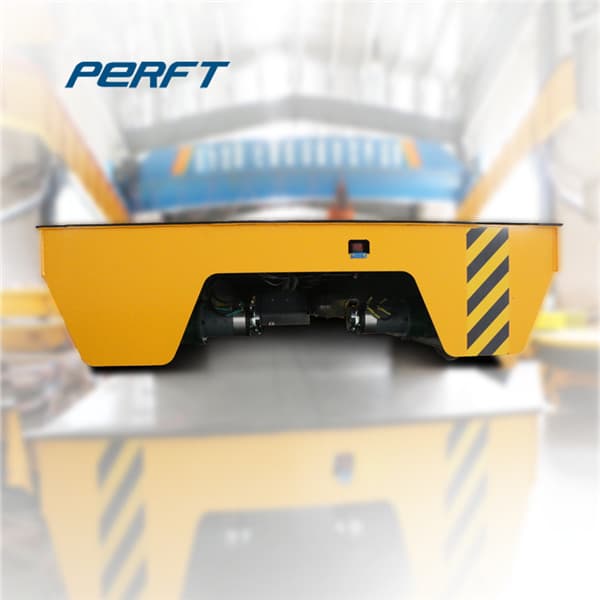
Cars and Taxis – category M1. Minibuses, motor caravans, dual purpose vehicles and ambulances up to 12 passenger seats – category M1 or M2 . American pickups up to 6500kg DGW. Goods vehicles not exceeding 3,000kg DGW – category N1. Class 5 . Private passenger vehicles, ambulances and motor caravans with 13 or more passenger seats
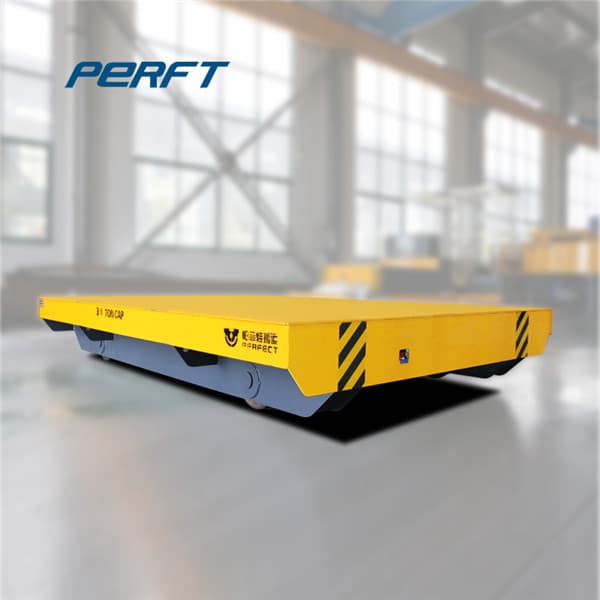
Load Calculation Applications Manual Second Edition 9 781936 50475 6 ISBN 978-1-936504-75-6 Product code: 90662 12/14 The Applications-Oriented Resource for Load Calculations This new edition of Load Calculation Applications Manual presents two methods for calculating design cooling loads—the heat balance method (HBM) and the radiant
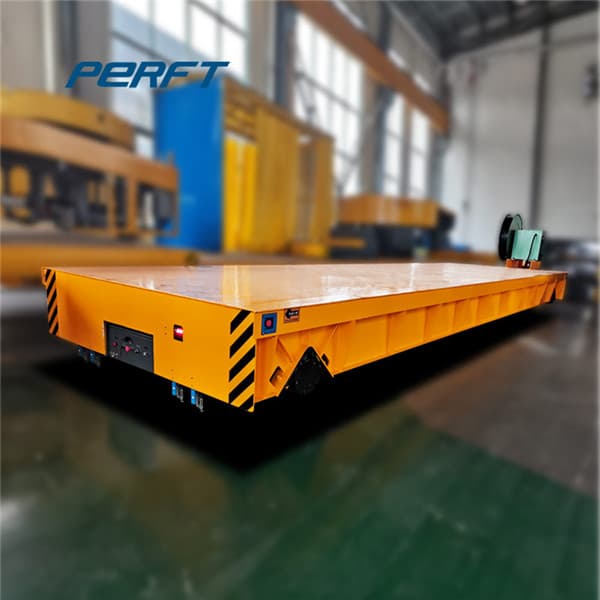
Dec 03, 2011 · It is an outdated and incorrect to think of a 1/2 ton truck as having a maximum payload capacity of 1,000 lbs. or a 3/4 ton as having a maximum payload of 1,500 lbs. as there are "1/2 ton" trucks

INDUSTRAIL TRAILER Ackermann Steering Trailer Double Directions Tow Trailer General Trailer Heavy Duty Trailer RAIL TRANSFER TROLLEY Battery Powered Transfer Trolley

LLB300 , 1000 lb , Subminiature Load Button , 15-5 PH S.S. , Vacuum Compatible/Low Outgassing , Temp Compensated -49 to 122 F [-45 to 50 C] , Operational Temp -67 to 167 F [-55 to 75 C] , 29 Awg 4 Conductor Shielded Teflon Cable, 10 ft Long (1)

Deformed dimensions 11.4 75 × 200 Which of these specimens will be the hardest after plastic deformation, and why? Solution The hardest specimen will be the one that has experienced the greatest degree of cold work. Therefore, all we need do is to compute the %CW for each specimen using Equation 7.8. For the circular one 0 %CW= A0!Ad A" # $ % &
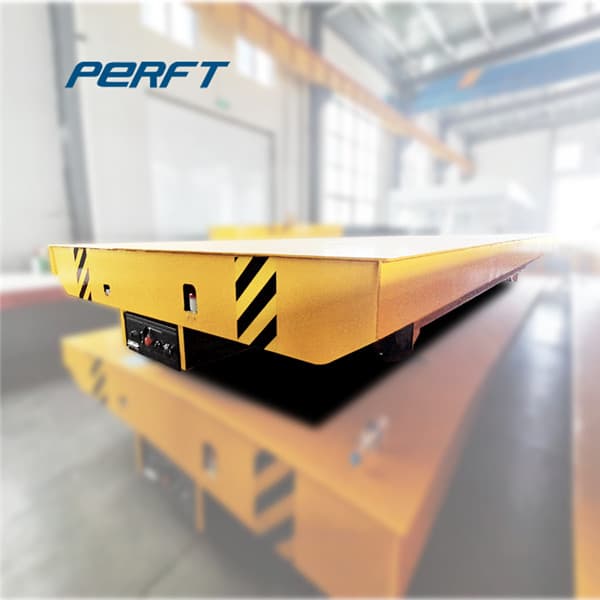
Oct 31, 2013 · For narrow coils, smaller coil hooks can be used. With no counterweight, they provide a lightweight method for handling coils up to 5 tons. A small upending coil hook is available for easy horizontal-to-vertical coil positioning. The pivoting wedge fits under the coil, and as the crane lifts, the wedge pivots back, changing the coil’s
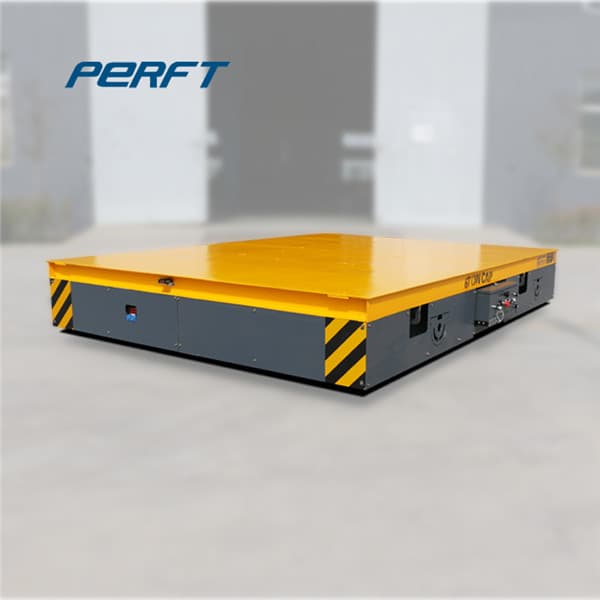
Heavy Industrial Coil Handling Cars to Transfer and Position Rolls & Coils. Autoquip Coil Transfer Cars utilize powered traverse drives (with or without a hydraulic lift) to eliminate the need for overhead cranes or fork trucks in safely executing coil-to-mandrel transfers and coil staging. Coil Transfer Cars offer an economical and dependable
